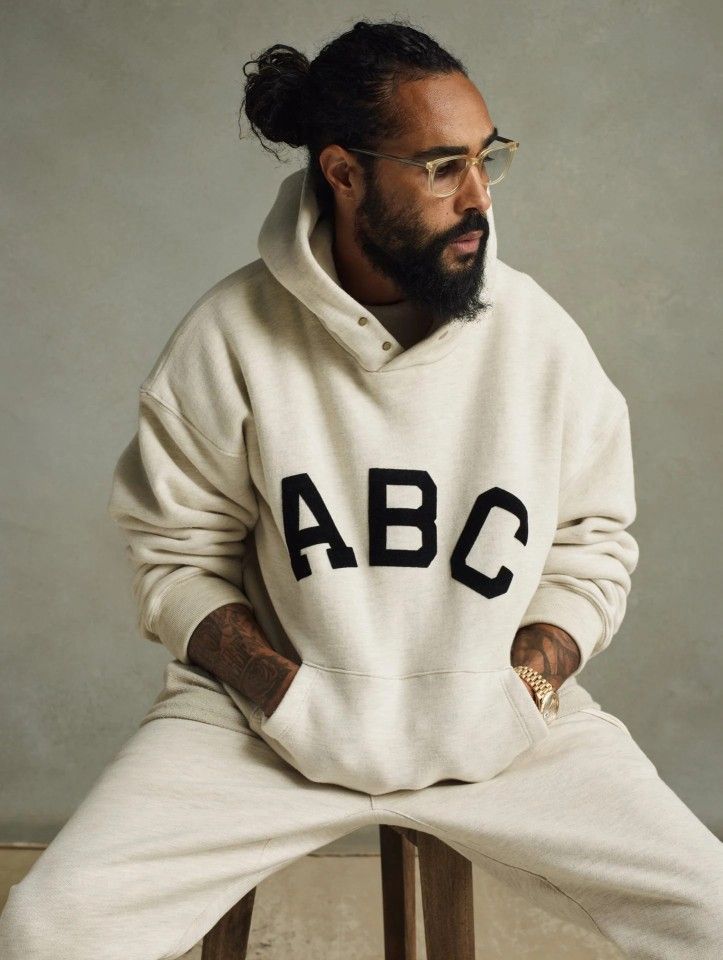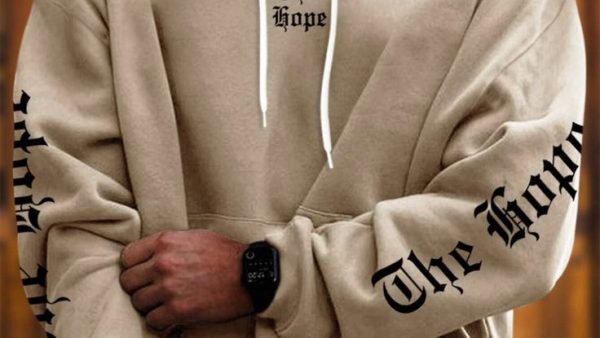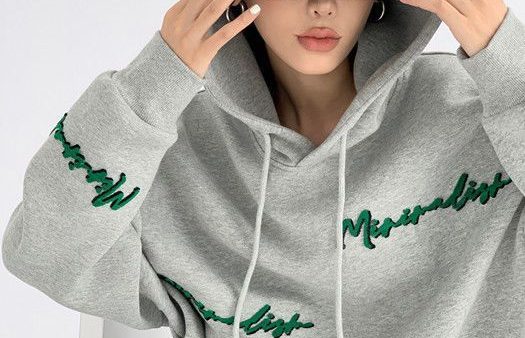Fashion is ever-evolving, and with every passing year, the industry reinvents itself in fresh and imaginative ways. The future of fashion promises to be more dynamic, inclusive, and tech-integrated than ever before. In this comprehensive guide, we explore the key movements, innovations, and ideas that are shaping the style landscape of tomorrow.
Sustainable Innovation is Redefining the Industry
Eco-consciousness is no longer just a trend—it’s a necessity. The next generation of fashion is built upon sustainable materials, circular design principles, and ethical production practices. Designers are turning to biodegradable fabrics, recycled textiles, and zero-waste manufacturing methods to reduce environmental impact. Brands embracing these practices are also gaining consumer trust and loyalty, further pushing sustainability into the mainstream.
In the near future, we’ll see increased adoption of plant-based leather, compostable packaging, and waterless dyeing techniques. Transparency will also take center stage, with blockchain and digital tracking tools allowing customers to trace the full journey of their garments, from raw material to finished product.
Technology is Revolutionizing How We Experience Fashion
The fashion world is stepping into a new era of digital integration. Augmented reality (AR) fitting rooms, AI-assisted design tools, and 3D-printed garments are transforming the way consumers interact with fashion. Smart textiles that monitor body temperature or adapt to the wearer’s environment are making clothes more functional than ever before.
Virtual influencers and digital clothing for avatars are on the rise, especially in gaming and the metaverse. These innovations are blurring the lines between physical and digital fashion, expanding possibilities for creative expression and brand engagement.
Gender-Neutral Collections Are Becoming the Norm
Breaking away from traditional norms, fashion is embracing fluidity in identity and expression. More designers are creating gender-neutral collections that prioritize comfort, versatility, and individuality. Rather than focusing on binary classifications, the emphasis is shifting toward inclusivity and freedom of choice.
Expect more unisex sizing, adaptable silhouettes, and marketing campaigns that highlight diversity in gender representation. This movement is not only reflective of broader cultural shifts but also encourages creativity in how people dress and present themselves.
Personalization and On-Demand Fashion are Taking Over
The future consumer wants clothes that reflect their personality, values, and lifestyle. Thanks to AI, data analytics, and on-demand manufacturing, brands can now offer hyper-personalized experiences. Custom-fit garments, made-to-order collections, and digital wardrobes are giving consumers unprecedented control over their fashion choices.
This shift also reduces waste, as companies only produce what is needed. Personalization will become the standard rather than a luxury, allowing for deeper emotional connections between people and their clothing.
Cultural Heritage and Artisanal Craftsmanship Are Being Celebrated
As the global fashion industry looks forward, it’s also looking back to honor traditional crafts and cultural artistry. Artisanship is being revalued, with designers collaborating with local makers to create pieces rooted in authenticity and heritage. This approach not only supports sustainable livelihoods but also preserves important cultural legacies.
Modern fashion will continue to blend heritage techniques with contemporary aesthetics, resulting in one-of-a-kind garments that tell a story. Whether it’s hand embroidery, natural dyeing, or indigenous weaving, the future of fashion respects the past while moving forward.
Fashion is Becoming More Accessible and Democratic
Social media platforms, digital storefronts, and innovative supply chains are dismantling the gatekeeping structures of the fashion industry. Emerging designers now have direct access to global audiences, and consumers have more choices than ever before.
Inclusive sizing, adaptive fashion for people with disabilities, and clothing designed for diverse body types are gaining prominence. As fashion becomes more democratized, it also becomes more empowering—celebrating individuality and ensuring everyone has a place in the style conversation.
Conclusion
The future of fashion is not defined by a single trend, but by a constellation of interconnected shifts. From sustainability and technology to inclusivity and personalization, the coming era of fashion is one of transformation and innovation. It is about rethinking how clothing is made, who it is made for, and what it represents. As we move forward, fashion will not only reflect societal change—it will help drive it. This is a future where creativity meets consciousness, and where style becomes a tool for storytelling, connection, and positive impact.




Very nice product
Suspendisse ornare lacus consectetur magna hendrerit, id ultrices turpis euismod. Fusce arcu magna, consequat nec elit a, dignissim vestibulum arcu. Nullam sollicitudin lectus dolor, nec mollis augue iaculis ac. Ut massa tortor, facilisis nec blandit eu, efficitur non mauris. Morbi imperdiet eleifend felis at placerat.